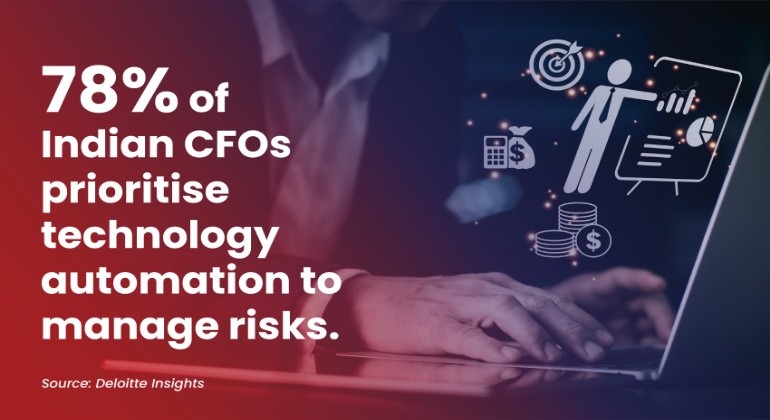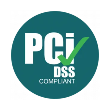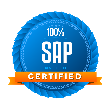Supply Chain Risk Assessment
Transforming Risk Management with Modern-day Platforms

Picture this: as a CFO of a large manufacturing company, you wake up to the news that one of your major suppliers has declared bankruptcy. The ripple effect of this sudden event threatens to disrupt your entire supply chain, leading to potential revenue losses amounting to millions. You and your company have been completely blindsided by this development at the supplier’s end and are now staring at a huge loss. Now, imagine if you and your team were pre-warned that this supplier was bleeding. You would have selected an alternate supplier in advance; this would have helped protect your company. The first scenario where the CFO is blindsided would have been more likely a decade ago, but with the advent of digital risk management platforms that aggregate data and assess credit, supplier and compliance risk on a near-real-time basis, the second scenario is more common.
As a CFO, navigating the complex world of risk management is part of your everyday journey. The tasks involved in managing B2B Trade Risks have generally been perceived as being onerous but tech-based risk management platforms help manage these challenges. According to a Deloitte survey in 2023, about 78% of Indian CFOs prioritise technology automation to manage risks. As CFOs juggle a multitude of responsibilities, technology stands out as the key to unlocking efficiency and strategic oversight.
The Journey from Tiresome B2B Risk Management Processes to Near Real-Time Risk Assessment
Do you recall the days when assessing the counterparty risk of an entity was an arduous, manual process, heavily reliant on off-the-shelf credit reports and financial statements from the previous financial year’s filings? The drawback was that this information was often outdated by the time it reached your desk, and the risk assessment processes were not scalable, posing significant challenges for a growing organisation.
Today, risk management platforms have revolutionised this landscape. By harnessing the power of data, analytics, technology, and machine learning, these platforms predict potential defaults, provide comprehensive credit risk assessments, and monitor risk on an ongoing basis. Here’s how it is possible for companies to leverage these platforms effectively:
1. Near real-time Credit Assessments: Risk management platforms provide near-real-time credit assessments, enabling you to identify potential defaulters promptly and take necessary preventive measures.
2. Predictive Analytics: By harnessing the power of AI and machine learning, these platforms predict the probability of credit default by an entity. This empowers CFOs and risk managers to take confident decisions well in advance of an adverse event.
3. Automated Risk Scoring: The Risk Management Platforms provide a Risk Score to a company’s counterparties including customers, distributors, dealers, suppliers or vendors. These Risk Scores assist CFOs in promptly identifying high, medium and low-risk counterparties.
4. Credit Limit Setting: Based on the Risk Scores automatically assigned to counterparties, the platform also recommends credit limits for them. This helps in removing arbitrariness and bias in the credit limit-setting process.
5. Portfolio Risk Management: Risk management platforms present a holistic view of the risk of your entire counterparty portfolio. It is possible to look at the credit risk of your organisation at both a portfolio and granular (individual counterparty) level. The portfolio risk of counterparties can be sliced by region, customer type, industry/ sector, legal constitution, and in numerous other ways, providing users with a more insightful view of risk.
6. Risk Monitoring: A one-time assessment of counterparty risk is not sufficient. The risk needs to be monitored on a continuous basis. A good risk management platform like the Rubix Early Warning System (EWS) aggregates statutory filings, litigation data, and external credit ratings continually. Based on the data collected, the Risk Management Platforms detect the changing credit risk profile of the counterparty and automatically revise their Risk Score upwards or downwards. A drop in the Risk Score assigned by the platform alerts you that the risk profile of the counterparty is deteriorating. You can is take urgent steps to reduce the credit risk exposure to the relevant counterparty.
7. Automation of Processes: Routine tasks such as data collation and MIS generation are automated by risk management platforms, enabling you to focus primarily on decision-making.
To conclude, in a world of escalating risks, you as a CFO need smart and strategic solutions. Risk Management platforms such as the Rubix Automated Risk Management & Monitoring System (Rubix ARMSTM) and Rubix Early Warning System (Rubix EWS) automate much of the data collection, analysis, and risk-scoring process, allowing you to rapidly adapt your exposure based on the changing risk profile of your counterparties. Embracing Risk Management Platforms is not just a defensive investment; it is an investment in building a future-ready and resilient business.







